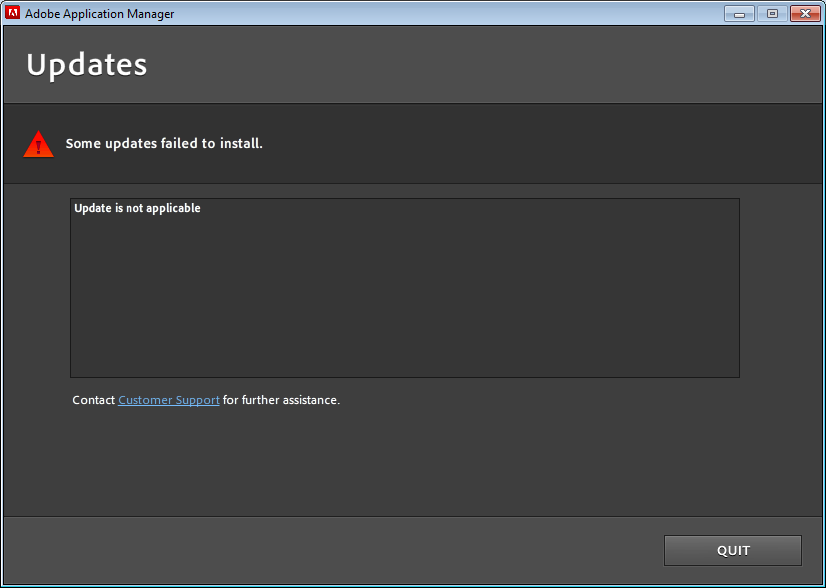

The Page Builder WordPress plugin by SiteOrigin has over a million installations. Speaking of which, analysts have observed attempts to hack websites via File Manager plugin bug coming from a whopping 370,000 different IP addresses. In other words, once threat actors gain an initial foothold in a vulnerable WordPress installation, they block the exploitable component from being used by other criminals who may also have backdoor access to the same site.
HOW TO CRACK FILE OPEN PLUGIN INSTALLER CODE
One of the elements of this rivalry comes down to specifying a password for accessing the plugin’s file named “,” which is a primary launchpad for remote code execution in unpatched File Manager iterations. Moreover, different cybercriminal gangs appear to be waging war over websites that continue to be low-hanging fruit. At the time of this writing, more than 2.6 million WordPress instances have been probed for outdated File Manager versions. When white hats discovered this flaw, it was already being exploited in real-world onslaughts attempting to upload harmful PHP files to “wp-content/plugins/wp-file-manager/lib/files/” directory on unsecured websites.
HOW TO CRACK FILE OPEN PLUGIN INSTALLER UPDATE
It means that more than 300,000 sites continue to be susceptible to compromise because their owners are slow to update the plugin to the latest patched version. According to File Manager active versions statistics, though, this build is being currently used on only 52.3 percent of WordPress sites that run the plugin. To the plugin maker’s credit, a patched version (File Manager 6.9) was released mere hours after security analysts reported this vulnerability. Categorized as a zero-day remote code execution vulnerability, this critical bug allowed an unauthenticated adversary to access the admin area, run malicious code, and upload dodgy scripts on any WordPress site running File Manager versions between 6.0 and 6.8. In early September, researchers at Finland-based web hosting provider Seravo came across a security loophole in File Manager, a WordPress plugin installed on at least 600,000 sites. More From Our Expert Contributors There Are 5 Basic Types of Entrepreneurs. The loopholes recently found in popular WordPress plugins run the gamut from remote execution and privilege escalation bugs to cross-site request forgery and cross-site scripting flaws. By exploiting them, these actors can take a shortcut and significantly increase the potential attack surface. Unsurprisingly, plugins with many active installations are a bigger lure. The bad news is that third-party plugins can be easy prey for malicious actors.

To step up the defenses without relying on site owners’ update hygiene, WordPress has been pushing automated background updates since version 3.7 released in 2013. The WordPress s ecurity t eam collaborates with trusted researchers and hosting companies to ensure immediate response to emerging threats.

The silver lining is that the WordPress Core is properly secured from different angles through regular vulnerability patches. Unlike webmasters, though, their motivation is far less benign. What do cybercriminals think of this hype train? You guessed it - they do not mind jumping on it. With its flexible framework that fits virtually any context online - from small personal blogs and news outlets to sites operated by major brands - it’s no surprise this CMS has been creating ripples in the web ecosystem area for years. Furthermore, 37 percent of all websites on the Internet run WordPress. It is an indisputable champion in its niche, boasting an impressive 63.5 percent of CMS market share. No content management system (CMS) measures up to WordPress in terms of popularity.


 0 kommentar(er)
0 kommentar(er)
